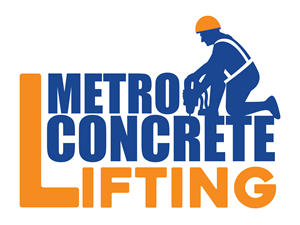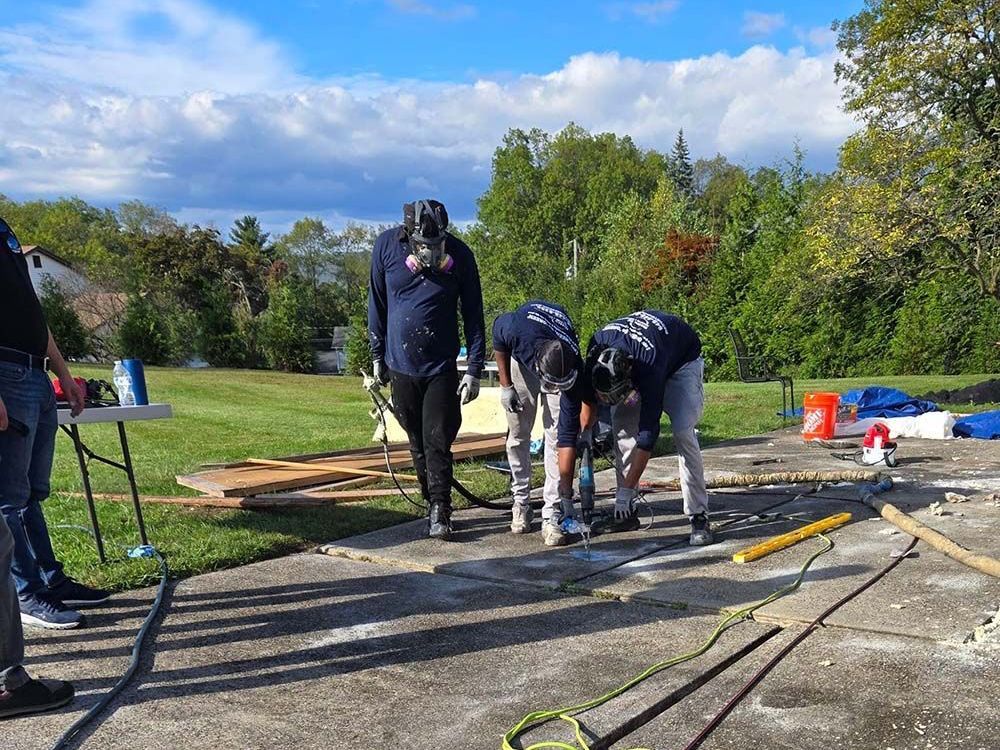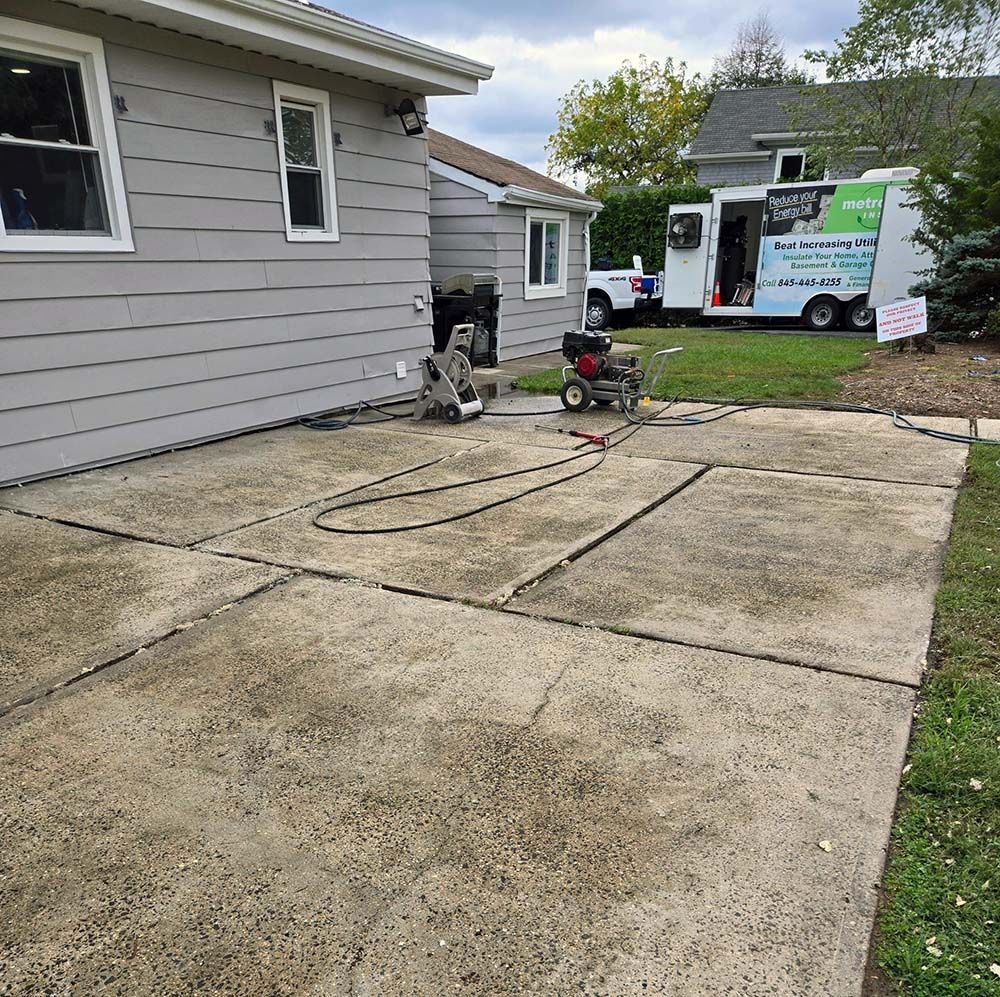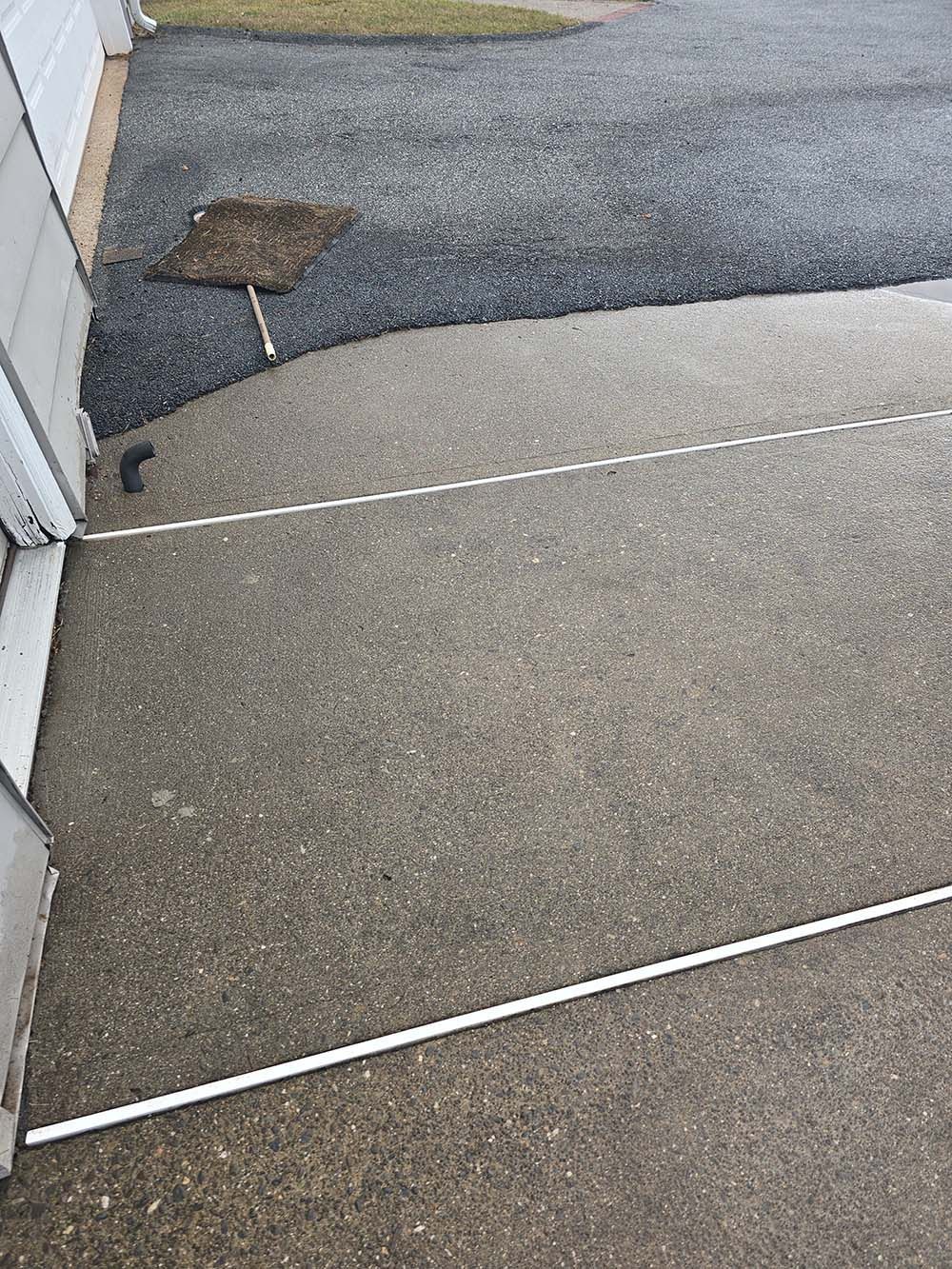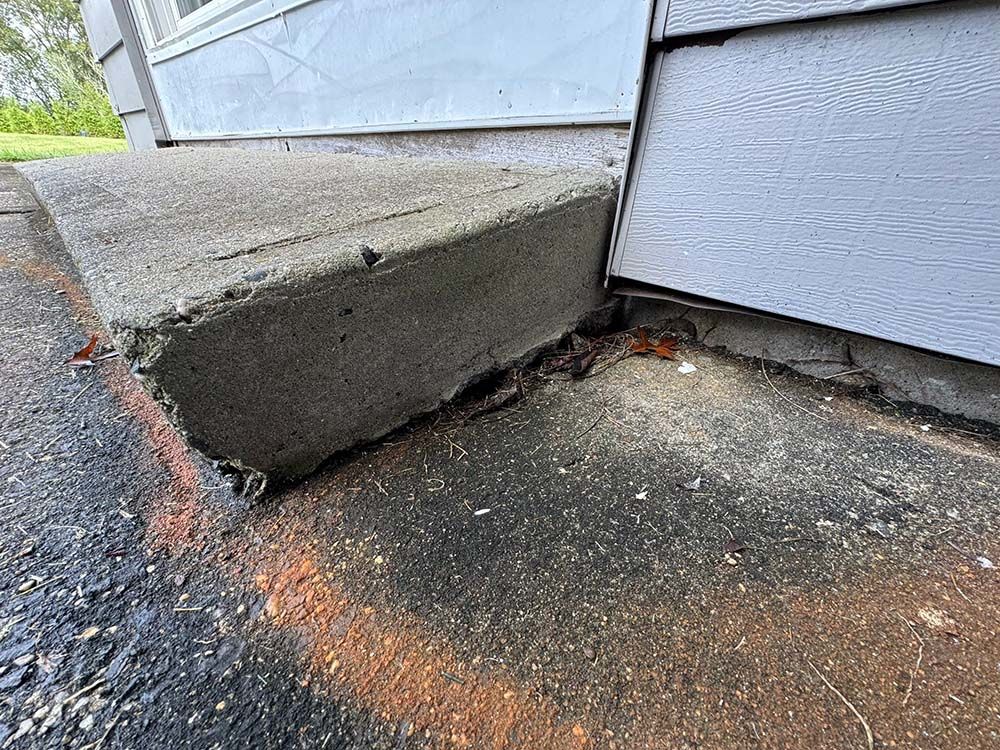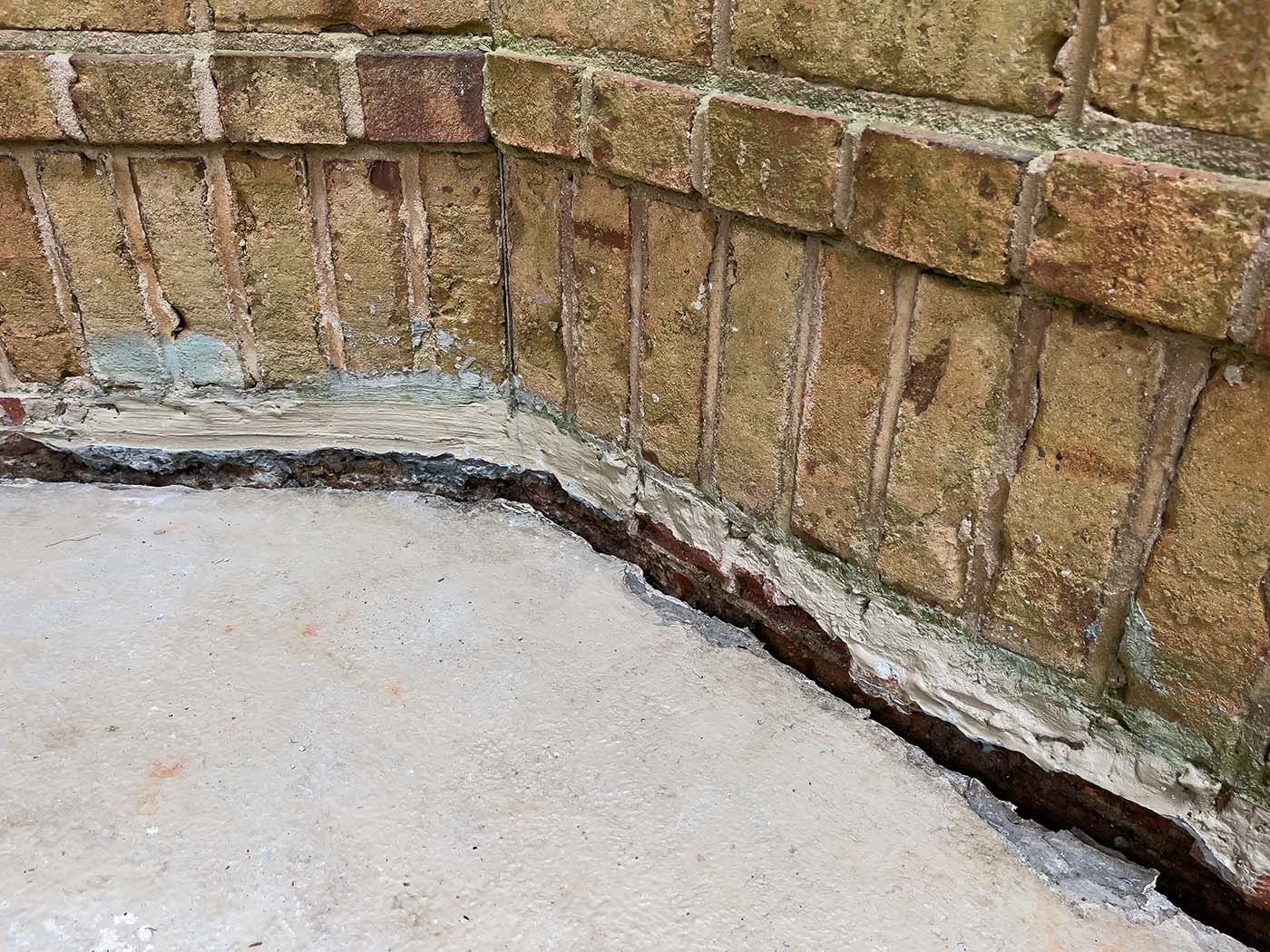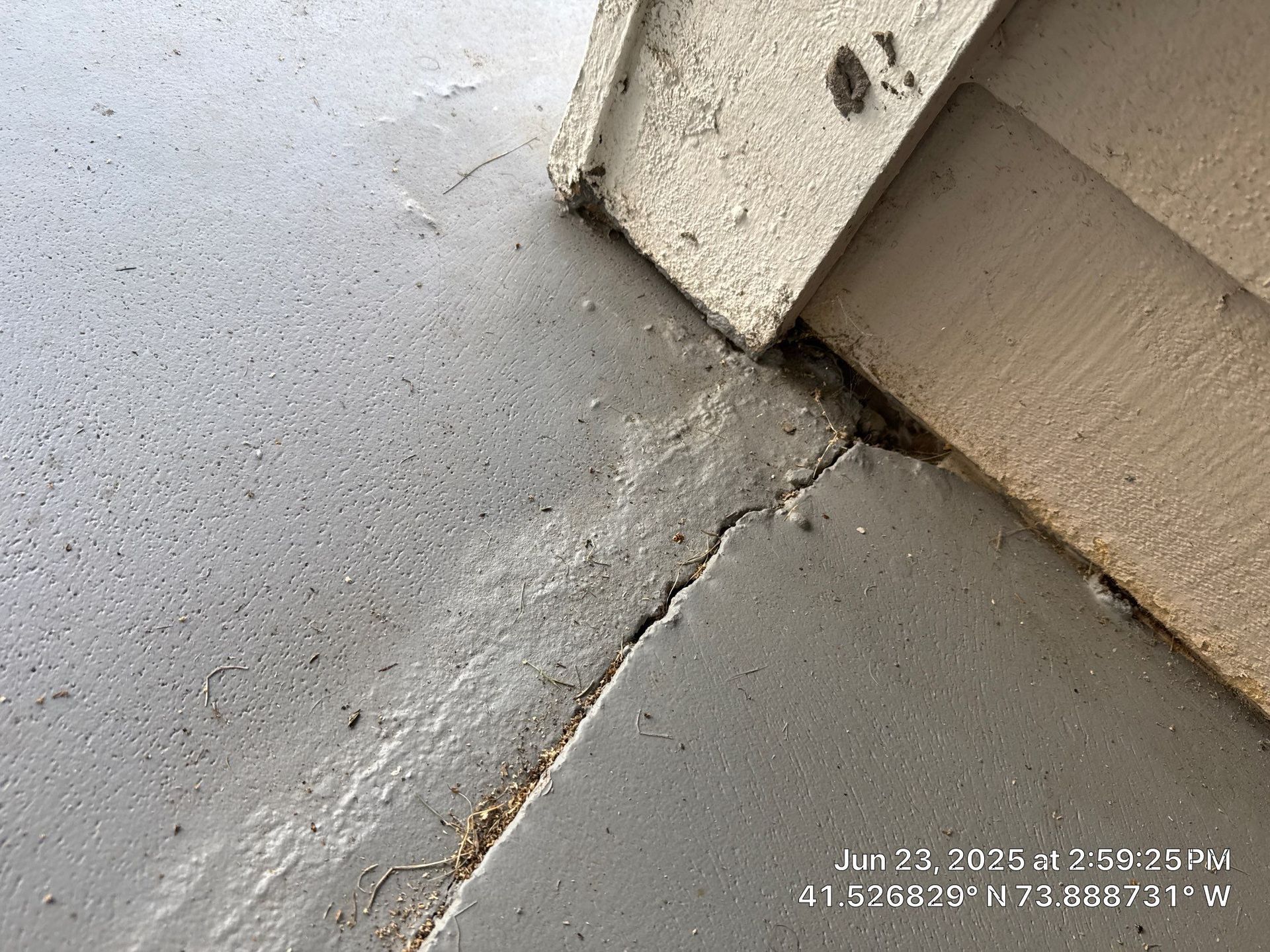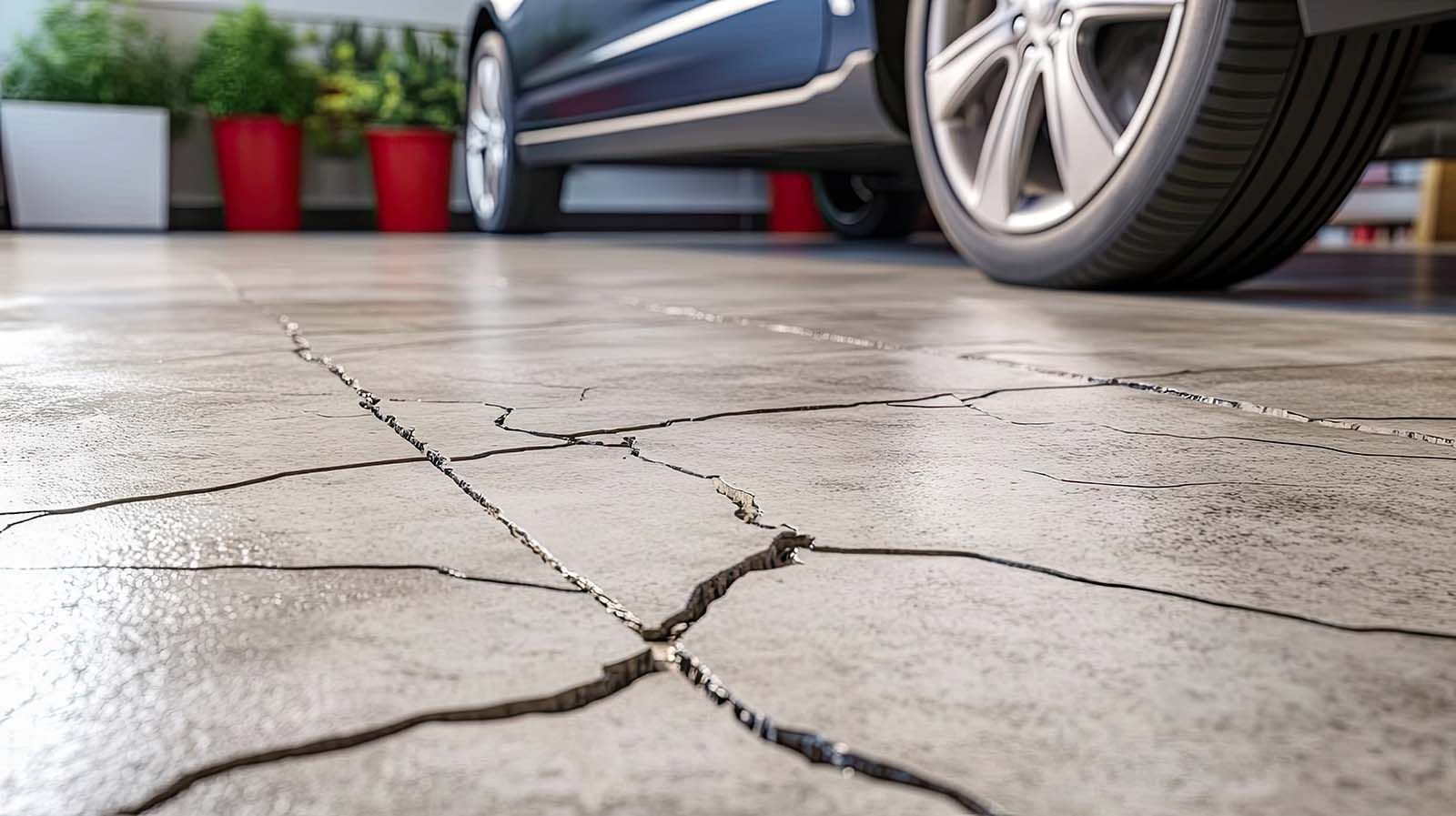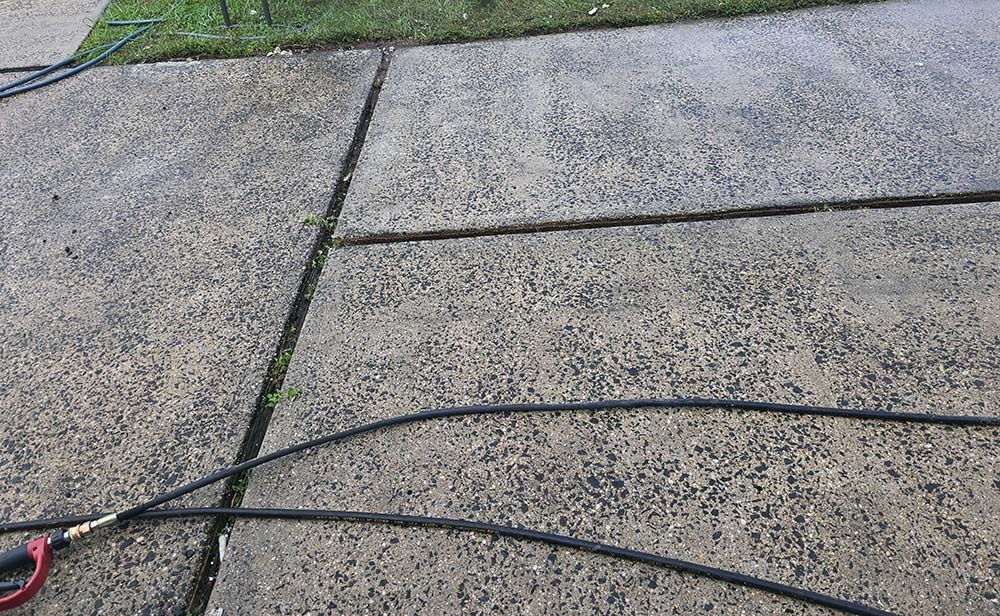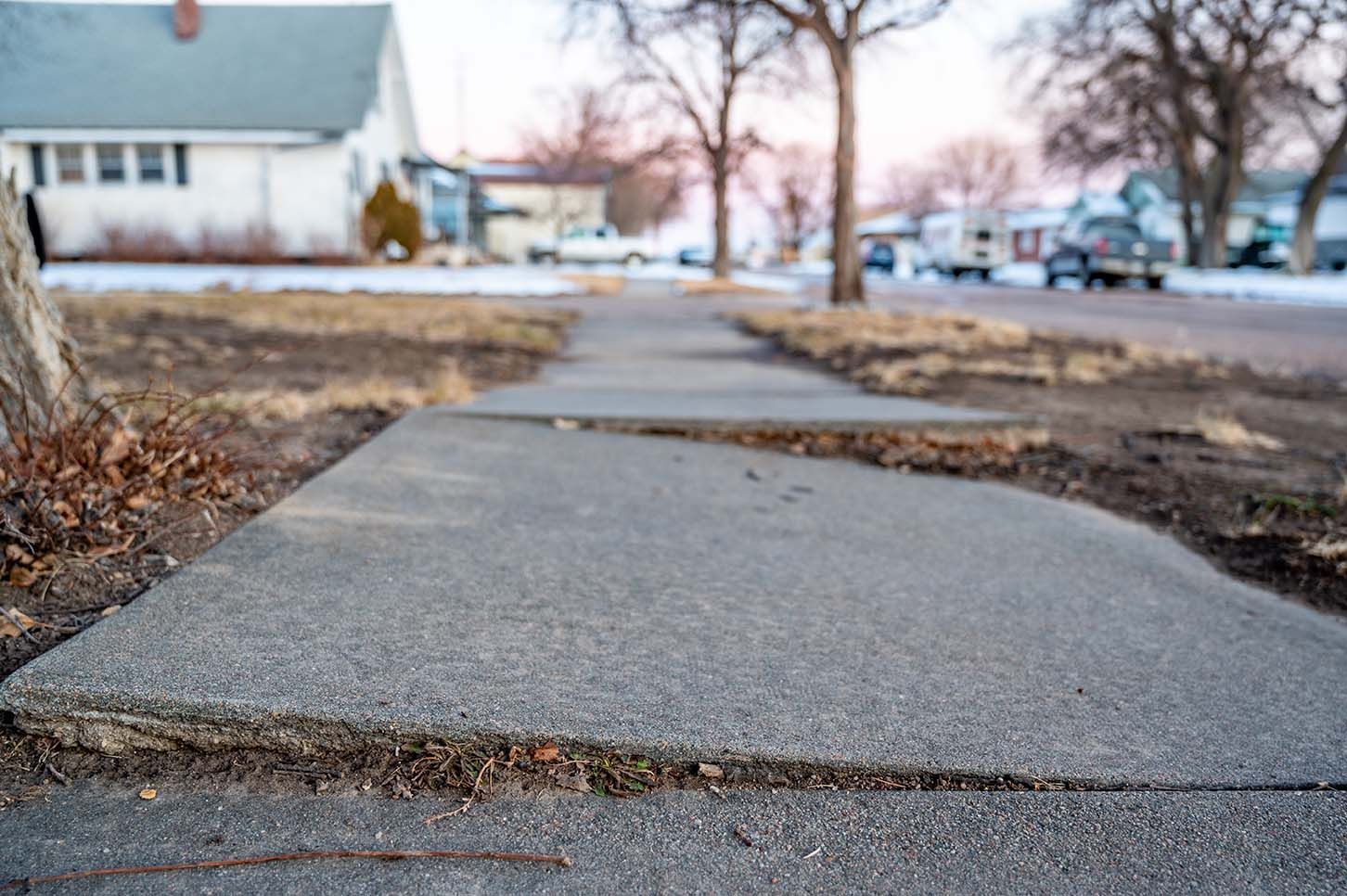Prevent Foundation Damage with Foam Lifting
Request A Free EstimateHow Polyurethane Foam Lifting Helps Prevent Foundation Damage
At Metro Concrete Lifting, one of the most common concerns we hear from homeowners and property managers is, “Is my foundation at risk?” It’s a valid question—especially if you’ve noticed cracks in your concrete, uneven floors, or doors and windows that suddenly don’t close quite right.
What many people don’t realize is that the problem often starts beneath the concrete. When soil shifts or settles unevenly, it creates voids. That loss of support can lead to sinking slabs—and eventually, costly foundation damage.
That’s where polyurethane foam lifting comes in.
This modern method doesn’t just level your concrete. It actively stabilizes the ground beneath it, reducing strain on your home’s foundation and preventing future problems from taking root.
Let’s break it down.
Why Foundations Shift in the First Place
Your home or building rests on a combination of soil layers and concrete slab support. Over time, the ground beneath your structure can change due to:
- Poor soil compaction during construction
- Natural erosion from rainwater or poor drainage
- Freeze-thaw cycles in cold weather
- Tree roots and decaying organic material
- Long-term settling of soil or fill material
When soil moves or compresses unevenly, it puts pressure on the slab above it. That pressure may cause the concrete to crack or sink—and in worst-case scenarios, it can disrupt your foundation or basement walls.
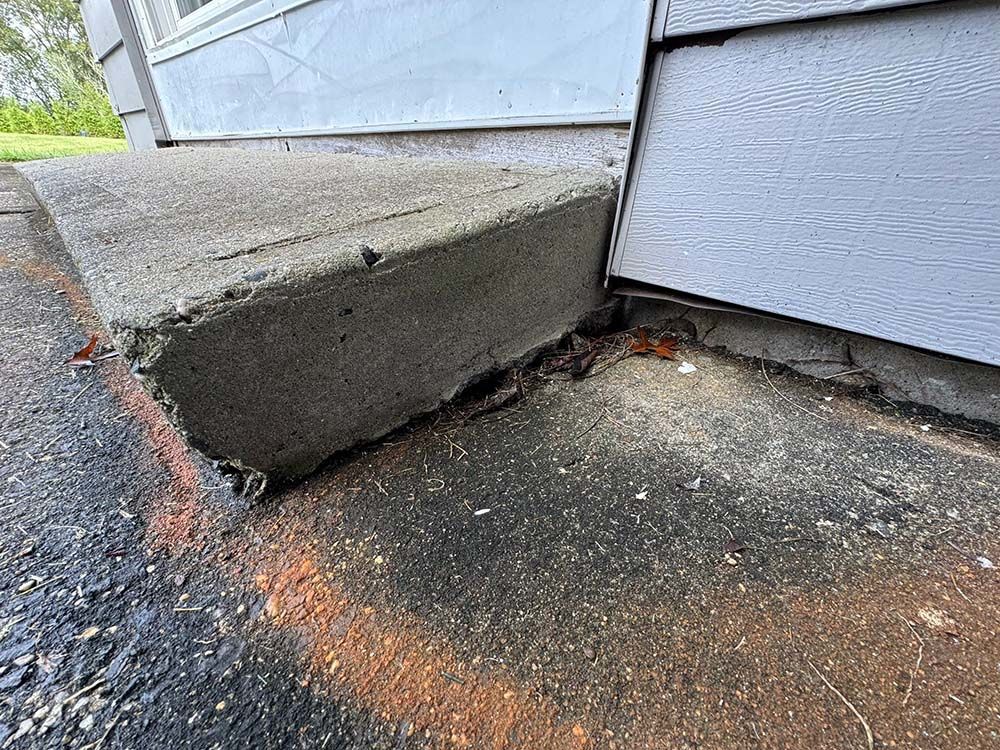
What Polyurethane Foam Lifting Actually Does
Polyurethane foam lifting, also known as slab jacking or foam injection, involves injecting a specialized expanding foam under the sunken concrete. The foam expands rapidly, filling in voids and lifting the slab back into place. But the key benefit goes beyond just surface repair.
The foam also compacts and stabilizes the surrounding soil.
This process strengthens the base under your slab, ensuring it can better support the weight of your home or structure. That added stability helps:
- Prevent further soil shifting
- Distribute structural loads more evenly
- Minimize future cracking or sloping
- Extend the life of your concrete and foundation
It’s a proactive way to protect your property—without the cost or disruption of full slab replacement or foundation reconstruction.
Where Foam Lifting Makes a Big Impact
We use polyurethane foam lifting to prevent or reduce foundation-related issues in several areas:
- Garage floors that are pulling away from the walls
- Driveways and walkways that slope toward the home
- Basement slabs showing signs of sinking
- Exterior concrete that’s cracking or uneven
- Commercial slabs near structural supports
In each case, stabilizing the soil beneath the concrete makes all the difference. The stronger the support, the less likely your foundation is to shift, settle, or become compromised in the future.
Why It Matters in Our Region
In areas like New Jersey, Westchester, and the Lower Hudson Valley, our freeze-thaw seasons and varied soil conditions make foundation movement a serious concern. Homes built on fill, near slopes, or on clay-heavy ground are especially vulnerable.
Because we’re a local, family-owned company, we’ve worked on hundreds of properties in these regions and understand the unique challenges that come with our soil types and weather patterns.
Foam lifting gives our customers a reliable, long-lasting solution that addresses the real issue—not just the surface symptoms.
Is It Right for You?
If you’ve noticed signs of uneven concrete, cracks forming near your foundation, or doors and windows that aren’t working like they used to, it’s worth having us take a look. Even if the foundation hasn’t been damaged yet, stabilizing the soil under your slabs now can save you from major repairs down the line.
The process is fast, clean, and minimally invasive—and it typically costs much less than foundation repair or slab replacement.
Let’s Help You Protect What Matters
At Metro Concrete Lifting, we believe in doing things the right way the first time. We don’t do patch jobs—we solve problems at the root. If your concrete is showing signs of settling, let’s talk about how foam lifting can restore and protect your property.
We proudly serve homes and businesses across New Jersey, Westchester County, and the Lower Hudson Valley. Contact us today for an estimate at your home or business (845) 445-8255
Frequently Asked Questions (FAQs)
How does polyurethane foam lifting help prevent foundation damage?
Polyurethane foam lifting fills voids beneath concrete slabs, stabilizes loose soil, and evenly supports the weight of your structure. This reduces the risk of slab movement, cracking, and shifting that can lead to foundation damage.
Is polyurethane foam lifting better than replacing a sunken slab?
Yes—foam lifting is faster, cleaner, and more cost-effective than full slab replacement. It also addresses the root cause of settling by strengthening the soil underneath, which helps prevent future issues.
Can foam lifting be used to stabilize soil under a foundation?
Absolutely. Foam injection is often used to stabilize soil under garage floors, basement slabs, driveways, and other concrete near or supporting the foundation. It’s a proactive way to reinforce structural integrity.
What signs should I look for that my foundation may be at risk?
Common warning signs include:
Cracks in walls or floors
Doors and windows that stick or won’t close properly
Uneven or sloping floors
Gaps between walls and ceilings or baseboards
If you notice any of these, it’s time to have the concrete evaluated.
How long does polyurethane foam lifting last?
Polyurethane foam is durable, waterproof, and chemically stable. When installed properly, it can last for decades and often outperforms traditional mudjacking or slab replacement in longevity.
Is polyurethane foam lifting safe for homes in New Jersey and New York?
Yes. It’s an ideal solution for the soil and weather conditions in New Jersey, Westchester, and the Lower Hudson Valley. It handles freeze-thaw cycles well and helps prevent further erosion or settling.
How long does the foam lifting process take?
Most residential projects take just a few hours, and you can walk or drive on the surface the same day. There’s minimal disruption to your home or business.
